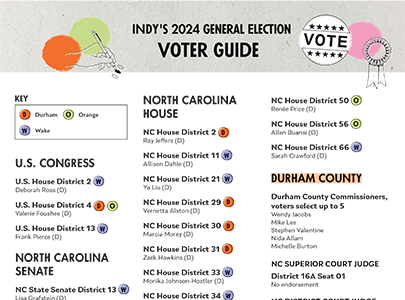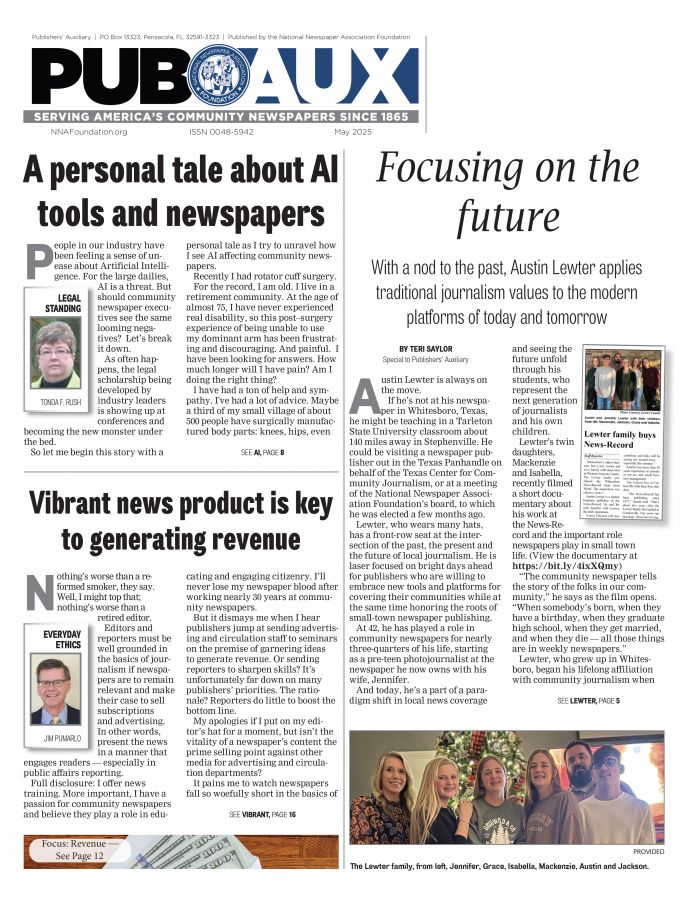Go beyond ‘votes and quotes’ when delivering election results
Jim Pumarlo
Oct 1, 2022


Newsrooms have toiled the past many weeks churning out stories to help voters make informed choices on Election Day. Now you’re ready to put the exclamation point on coverage.
“Votes and quotes” are the typical charge for delivering results by producing voting charts and soliciting quotes from winners and losers. Is that your best use of resources as the community’s clearinghouse of information? Is it enough to simply regurgitate standard information readily available on a variety of platforms?
In short, newspapers put incredible resources into laying the groundwork for elections, but then they often fall short in translating what voters said. This is an excellent time to think how best to examine reporting the results.
Here is one checklist of items to consider when deploying resources on what is certain to be a hectic night:
Decide criteria for pursuing comments from winners and losers. Not all races necessitate the obligatory statements, especially if results were widely predicted.
Be prepared for surprises. Was an especially popular incumbent ousted? Do races require an automatic recount?
Localize national and state stories. Explaining the hows and whys of local results should be your prime focus. In addition, a local twist can make statewide stories more meaningful. For example, does a local race have a statewide impact, such as affecting which party controls a particular legislative body? Without a local perspective — if newspapers simply use a statewide lead on a statewide story — many reports will go unread.
Scrutinize variety of factors. Were local legislative results part of a statewide or national wave? Did changing demographics have an impact? Were voters looking for fresh faces? Were some candidates and campaigns simply more energized? Was there a common theme among the winning candidates, such as, “Hold the line on spending?” There are several ways to take a deeper look at outcomes.
Voter turnout is a made-to-order story. Compare local numbers with statewide patterns. Was turnout markedly up or down from the previous election? Did specific issues spur more voter interest?
Interview experts or have individuals write an analysis of election results. Network coverage of elections invariably includes “expert” commentary. Elder statesmen or high-ranking party officials frequently analyze vote totals. Community newspapers can have a panel of analysts, too. It might be a retired public official, an incumbent who chose not to seek re-election or a political science professor at an area university. Newspapers also might identify rank-and-file citizens who represent a cross-section of the community and have them weigh in on results.
How did the bellwether precincts perform? Every political party — and polling experts, for that matter — identify and monitor key precincts. Returns from these representative districts often enable the experts to “call” elections. Were results consistent with previous elections?
Explore point/counterpoint columns for editorial page: Many communities have referendums on a variety of issues. You’ll likely seek comments from campaign chairs for the “Vote Yes” and “Vote No” committees for immediate reports. Go a step further and have the respective chairs write commentaries on why they think a referendum succeeded or failed. If published side-by-side, you’ll likely generate letters to the editor.
This is but one list of how you can delve deeper into election results. Invite your entire newspaper family to brainstorm stories. You’re certain to come up with more ideas specific to your communities.
Newsrooms are shortchanging readers — and themselves — if they don’t make the effort to deliver substantive election reports. Readers deserve to know what the results really mean.
And remember, a deeper examination of what the voters said doesn’t have to be all rolled into the next day’s edition. Follow-up stories are excellent content for your newspaper in succeeding days and weeks.
The analysis also is a springboard for addressing the next election cycle. Recording and underscoring the hows and whys behind results will help newsrooms identify the strengths and weaknesses of their coverage and be better prepared.
If readers simply want to know who won and who lost, they can easily find that information by any number of platforms. And yet we all admire our election editions with the comprehensive and expansive coverage — and expect everyone to read the newspaper from front to back.
Newsrooms need to put just as much preparation into your post-election edition as you do in ongoing campaign coverage.
Jim Pumarlo is former editor of the Red Wing (Minnesota) Republican Eagle. He writes, speaks and provides training on community newsroom success strategies. He is author of “Journalism Primer: A Guide to Community News Coverage,” “Votes and Quotes: A Guide to Outstanding Election Coverage” and “Bad News and Good Judgment: A Guide to Reporting on Sensitive Issues in Small-Town Newspapers.” He can be reached at www.pumarlo.com and welcomes comments and questions at jim@pumarlo.com.










